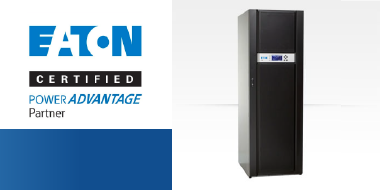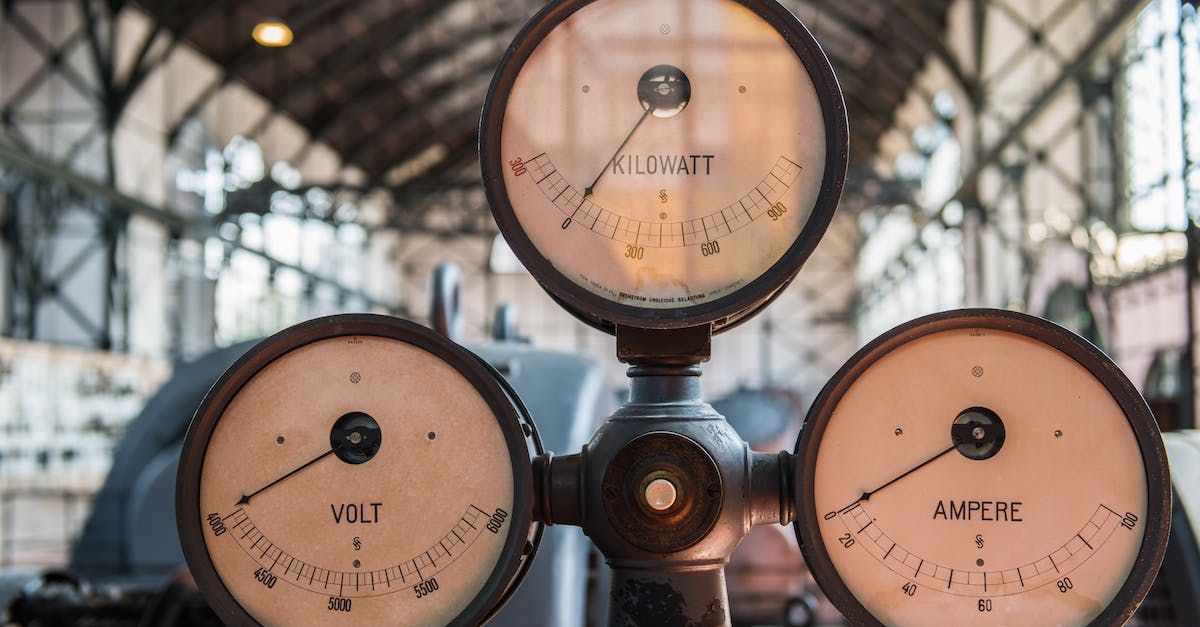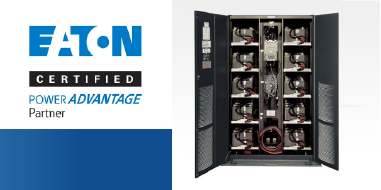Prevent Downtime at Your Facility
Share this article:
The cost of downtime at your facility may be more than you think. In addition to the losses in productivity, downtime can also mean lost data, increased stress for your team, and wasted resources during the recovery process, among other detriments. When an outage occurs, it is important to understand how to react quickly and appropriately with the right equipment. Below, we outline the true cost of downtime at your facility and steps you can take to prevent significant losses.
What is Downtime and Why Does it Cost Money?
1. The True Downtime Cost
a. Lost revenue – Any business that loses connection to it’s data is affected in some way financially. Downtime due to a power-outages or lost data connection are the most common causes of revenue loss in the industry. Revenue losses can be calculated in many ways for a customer. Loss of a customer process can turn clients away. Or loss of an internal process can halt an organization from the sales department to accounting.
b. Loss of Productivity – Productivity is an immediate loss during a downtime situation. If processes and employees are not connected to an Uninterruptible Power System (UPS), a power outage will immediately halt production. It may double the loss of productivity with the amount of time to recover and restart processes. A temporary loss of a data connection may be less severe and more quickly recovered from.
c. Data Losses – Computer programs that are shut down due to an immediate loss of power may lose the current data that is being worked on. This is one of the most important reasons for having a UPS System on your critical servers. And is one of the biggest sources of financial loss in a power outage situation.Cloud computing systems rely heavily on data transfer. If the data connection is lost and data isn’t shared and saved properly it can be considered downtime and recovery may be an issue.
d. Wasted resources involved in the aftermath & recovery process – A power outage may last a moment, or hours. The amount of time it takes to recover processes, reboot systems, and regain the level of productivity prior to the power outage is a large factor in calculating the cost of an outage. A momentary power outage could affect systems for hours or days when regaining productivity. Not to mention if damage occurs this compounds the problems. In regard to data connection. Remote workers who cannot log back into the systems due to poor connection will hinder or prevent the recovery process.
2. Why Downtime Can Happen
a. Power Outage – Downtime can obviously occur with a loss of power to servers and computers in a business. A remote worker who loses power and cannot connect to server drives will experience downtime. If those servers that provide the cloud access and data are not running smoothly on a UPS System backup system they will be down and unavailable to all workers.
b. Lost Data Connection – In today’s world a data connection can be severed as easily as a power connection. Most data connections travel the same routes as our power grid. Therefore both are equally important to uptime. Data, however, if severed cannot be assisted with a UPS or other device. We need the data connections to remain in tact.
c. Poor Maintenance of Systems – A UPS System, Generator System, fiber connection, and corresponding network and server equipment must be properly maintained to standards to avoid these downtime scenarios.
How a UPS Prevents Future Downtime From Happening
We rely on the Utility Electrical grid to supply our power to homes and businesses. The grid certainly is not perfect, and daily it is tasked with challenging environments to overcome such as storms, heating Seasons, rolling blackouts, cyber-attacks and the like. We should expect interruptions in the electrical service and be pro-active about them. We most certainly can prevent the electrical interruptions from power events by using Uninterruptible Power Systems on all our computer systems. From large data centers that use UPS Systems with generators as backup source, to our small computer at home. Since we now all connect to remote data in some form, if we are looking to avoid these downtime scenarios we must install a back source of power such as a UPS System. Industrial UPS Systems.com provides an entire line of UPS Systems for the home end user, to large data center requirements. Call on one of our technical professionals at 844-501-1887.




